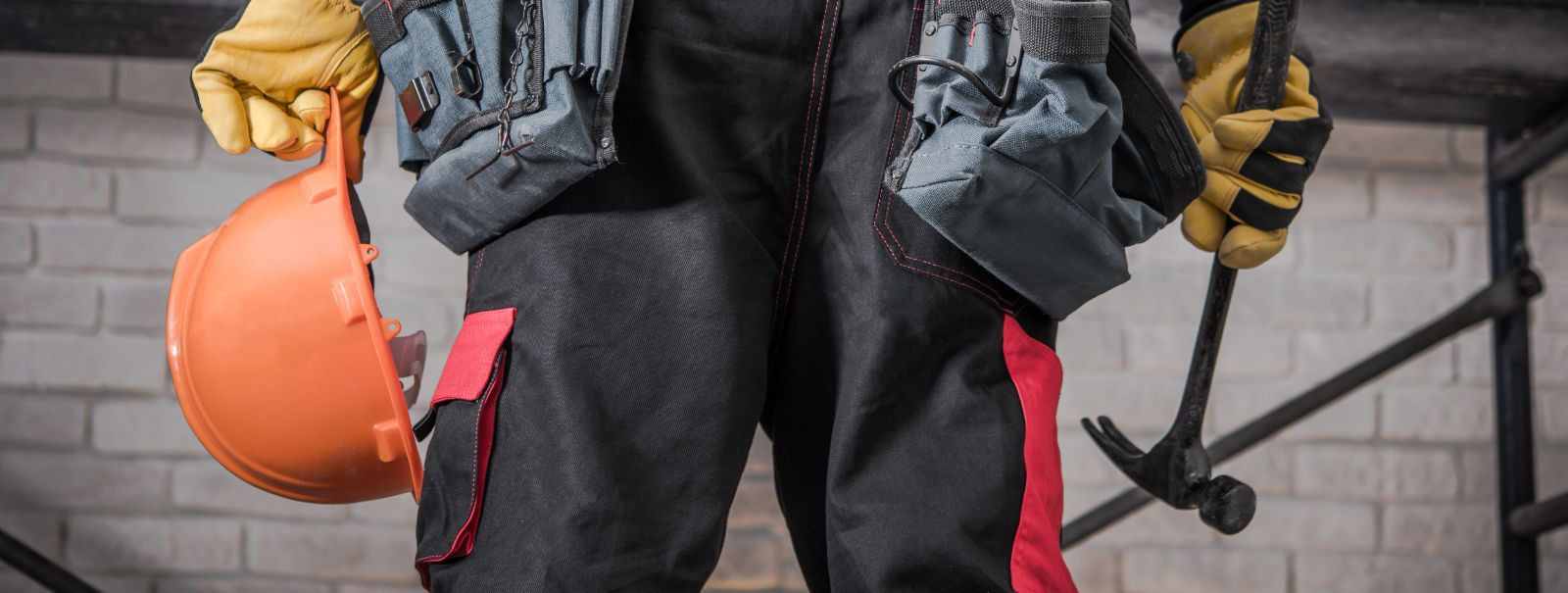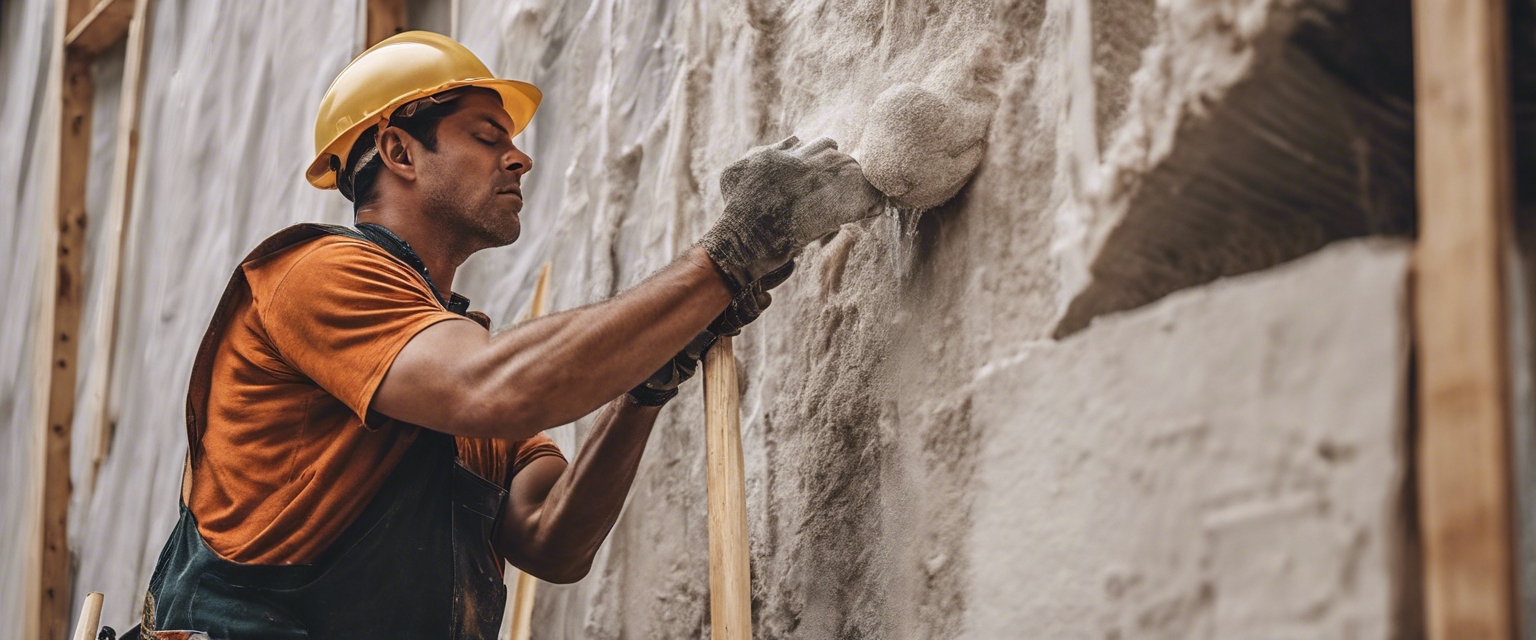5 trends shaping the future of facade design
The facade of a building is more than just an aesthetic statement; it's a critical component that defines its energy efficiency, sustainability, and the comfort of its occupants. As we look to the future, facade design is evolving rapidly to meet the demands of modern construction, environmental challenges, and aesthetic preferences. Here are five trends that are shaping the future of facade design.
1. Sustainable and Eco-Friendly Materials
With a growing emphasis on sustainability, facade designs are increasingly incorporating materials that meet green building certifications. These certifications ensure that materials are sourced responsibly and have a minimal environmental impact.
Recycled materials are becoming a staple in facade design, reducing the need for virgin resources and minimizing waste. Upcycled materials, which are repurposed from other applications, are also gaining popularity for their unique aesthetic and environmental benefits.
2. Dynamic and Adaptive Facades
Dynamic facades that respond to environmental conditions can significantly reduce energy consumption. By adjusting to sunlight, temperature, and wind, these facades help maintain optimal indoor conditions.
Smart glass, which can change its transparency in response to electrical stimuli, is revolutionizing facade design. It allows for the control of light and heat entering a building, enhancing energy efficiency and occupant comfort.
3. Integration of Green Spaces
Integrating green spaces into facades not only improves air quality but also adds to the building's aesthetic appeal. Vertical gardens and living walls are becoming a common feature in urban environments where space is at a premium.
Biophilic design, which seeks to connect building occupants more closely to nature, is influencing facade design. The incorporation of natural elements into facades can enhance well-being and productivity.
4. Advanced Fabrication Techniques
3D printing is beginning to make its mark on facade design, allowing for complex shapes and structures to be created with precision and efficiency. This technology also enables the use of a wider range of materials in facade construction.
Modular and prefabricated facade elements are streamlining the construction process. These techniques allow for faster installation and can lead to cost savings, as well as reduced construction waste.
5. Cultural and Contextual Design
Facades that reflect the cultural heritage and local context of their environment create a sense of place and identity. This trend is about respecting the past while innovating for the future.
Context-aware architecture takes into account the surrounding environment, climate, and social factors. This holistic approach to facade design ensures that buildings are not only functional and efficient but also harmonious with their surroundings.






Comments (0)